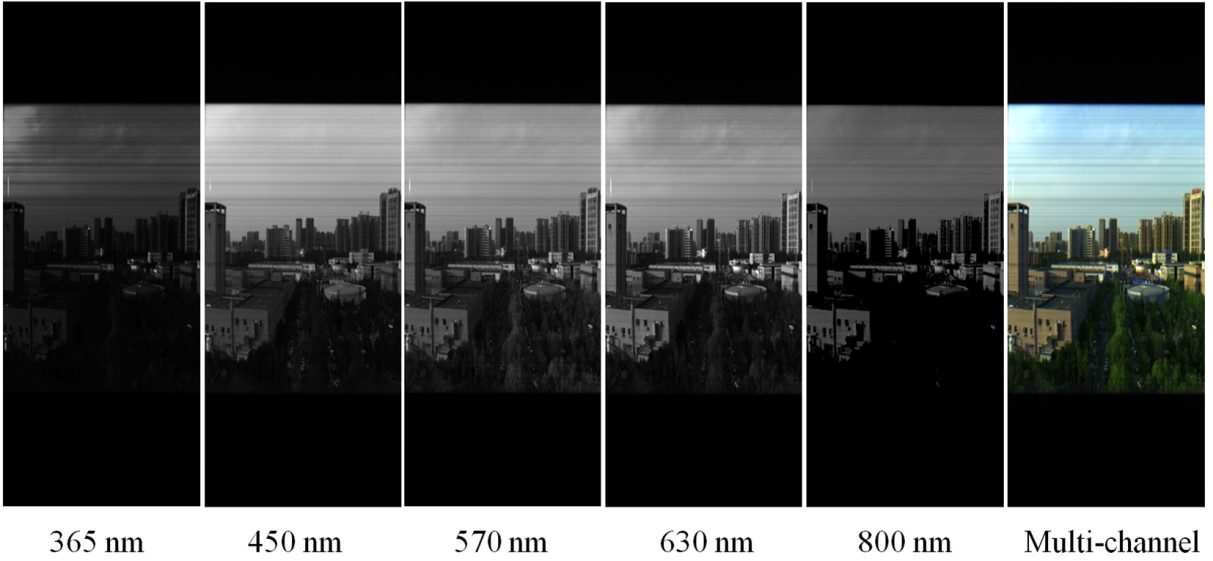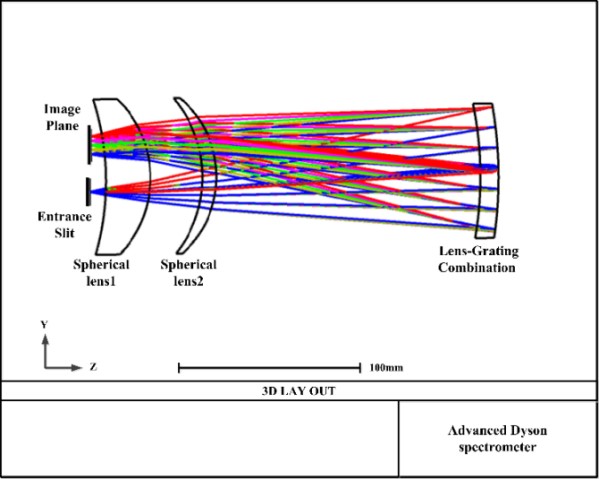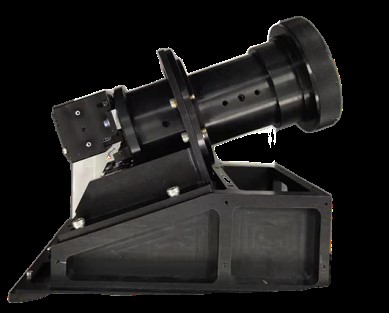Ocean color is hard to be observed as sunlight is constantly scattered as it enters the water, and only visible light can be transmitted. As water deepens, the intensity of light transmitted through the water decreases. Traditional concentric system spectrometer, with broad spectrum and high spectral and spatial resolution, can meet part of the observation requirements. However, the Dyson structure on it is hard to process and assembly due to the short distance between slit and detector.
A collaborated team led by Prof. YU Lei from the Hefei Institutes of Physical Science of the Chinese Academy of Sciences (CAS) recently designed an imaging spectrometer for ocean color observation, which is easier to process and assembly with improved Dyson design. This work was published in Optics Express and Applied Optics, respectively.
In this study, the team gave a solution for this dilemma of traditional spectrometer. They re-derived an advanced Dyson quasi-concentric spectrometer by giving the slit a perpendicular distance from the optical axis, which ensures a reasonable distance between the imaging surface and the optical axis of the system.
In their design, a reasonable distance was also given between the slit and the detector in the axial direction, without sacrificing high imaging quality. Furthermore, they further proved that the improved Dyson spectrometer structure has high optical performance and good engineering applicability in the final prototype test.
The research work was supported by the National Natural Science Foundation of China, the Research Instrument and Equipment Development Project of the CAS, and the Youth Promotion Council of CAS.









